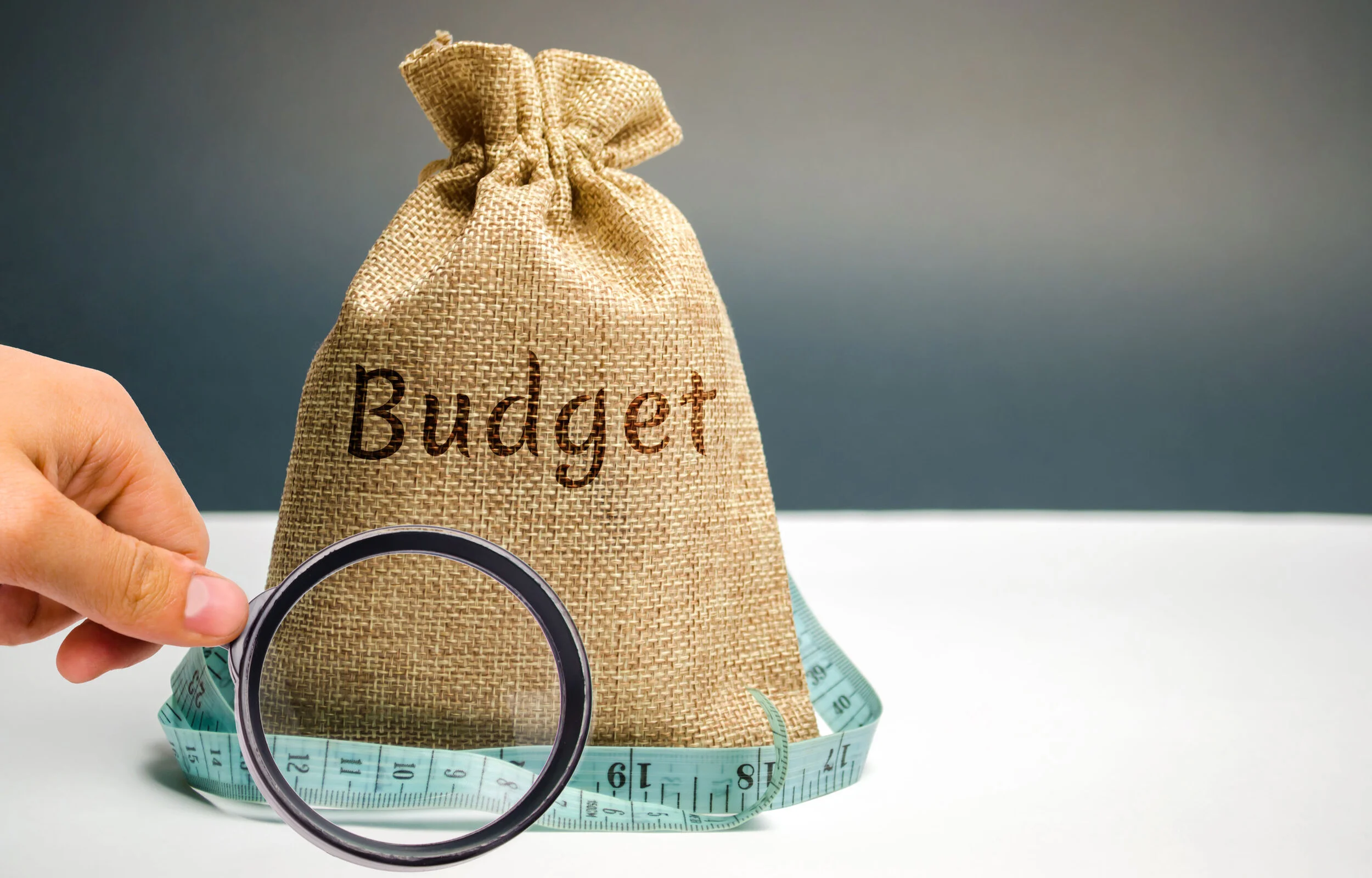Selling sustainability internally? Get a translator.
- DA
- July 23, 2025
Table of Contents
Have you ever listened to two people in a heated debate, only to detect they are actually arguing the same point!? I’m sure we’ve all witnessed this. Why does it happen? There are many reasons but one is language. Based on our culture and background, there may be nuances in the words or the emphasis that make me hear something different than what you hear, even if the fundamental message is the same.
We even pick up words specific to our job function or industry. Finance people can easily think in terms of formulas and acronyms that make perfect sense to them. While sustainability people can find themselves in their own bubble of acronyms. When we use terminology and context that is unfamiliar to those we are trying to convince, it can lead to confusion, intimidation, indifference.
The ideas of profit and sustainability still seem at odds to many in the business world. But they needn’t be. We just need a translator to help both sides come to a mutually beneficial solution.

This remainder of this article was originally posted in CoStar (formerly Hotel News Now) on 20-Feb-2018 at http://www.hotelnewsnow.com/Articles/274828/Building-a-business-case-for-sustainability-in-hotels
A few months back I took a course from Bob Willard, a sort of grandfather of sustainability, who has authored books and been part of some of the most important developments in sustainable frameworks and models. His latest legacy is an open source Sustainability ROI tool. When he explained his inspiration for this, he shared a few stories, all of which had one theme: sustainability advocates were not speaking the language of CFOs and CEOs.
I frequently hear people in the industry who want sustainability initiatives say, “they don’t care” – they being owners. I think that’s an oversimplification and a misunderstanding of the problem. Even if they are not personally compelled, executives will take note as key stakeholders highlight the role of sustainability in demand and investment decisions. The problem more likely lies in the lack of a clear business case.
Whether you are a finance professional who is a sustainability novice or a sustainability professional who is a finance novice, you will find yourself in a position to make an economic business case for a sustainability proposal. This tool can be invaluable in the process.
Some key features of the Excel workbook:
- It’s FREE!
- It’s automated. Plug in the factors and assumptions relevant to your proposal and you get ROI, payback period, NPV, IRR, and a risk analysis.
- It’s packed with helpful guidance. Many of the cells have explanations and formulas, and there are links to videos and resources throughout.
- It’s based on best in class features from 20 sustainability business case frameworks and outlines sustainability goals based on the Future Fit Business Benchmark, which maps to the Sustainable Development Goals (SDGs).
You get out what you put in
The downside is you have to put in the work to use this tool. Someone in finance will have many of the input elements because it’s the same factors that go into most financial analysis – revenue, operating expenses, salaries, etc. The hard part in any financial analysis is the assumptions on which you base the calculations. We assume a certain competitive set, a certain growth rate, a certain interest rate…there is a lot of widely available research that gives us a great deal of confidence in selecting these numbers.
Other assumptions you will need when using this tool are not as easy to make, but the data exists and is growing. For instance, a factor in the Expenses part of the tool is the impact of sustainability initiatives on employee productivity. One example of this is “gains from working in green buildings.” There are studies that show specific gains in productivity as a result of working in green-certified buildings.
You will also need some baseline metrics you may not already have, such as your greenhouse gas emissions. Again, there are tools, such as the ITP Hotel Carbon Measurement Initiative (another free tool) that can help you get a handle on these measurements.

If the proposal is for a common project, like an LED lighting upgrade, there is plenty of data to show the quick payback for that investment. It’s simple math that involves the cost and installation of new bulbs (and maybe new fixtures and wiring), compared to energy usage data on the new bulbs, local utility rates, expected lifetime of the bulb, and lower maintenance costs for replacement. Or you could just take a short cut and use the data from any number of studies on this to create your business case, like this one from AHLA.
Other proposals, however, will require more finesse. How do you justify the benefits of a green roof? The inputs are more complex and varied than LED lighting upgrades. And the quantifiable benefits are many and the benchmark data may be less straightforward, but it is out there.
Boomerang impacts
Bob Willard presents the idea of “boomerang impacts” meaning that investments in society and the environmental will come back around to benefit the business. This requires a long-term investment mentality and it takes more than a good spreadsheet tool to change the investment culture.
On one side, sustainability advocates have not done enough to present the argument in terms of financial gains. On the other side, executives need to expand their thinking to understand the responsibility they have beyond just a financial bottom line. Tools like the Sustainability ROI workbook does take us a step farther in closing that gap and bringing the two sides together for triple bottom line impact.
Industry customization
Open source is a two-way street. Not only can our industry benefit from such a tool but there is an opportunity to evolve and build on this tool for the nuances of running a hotel. Those who download and use the tool should share their adjustments and additions with Bob. I would also like to hear about your experience in using this or other tools that help you build a business case for sustainability.
